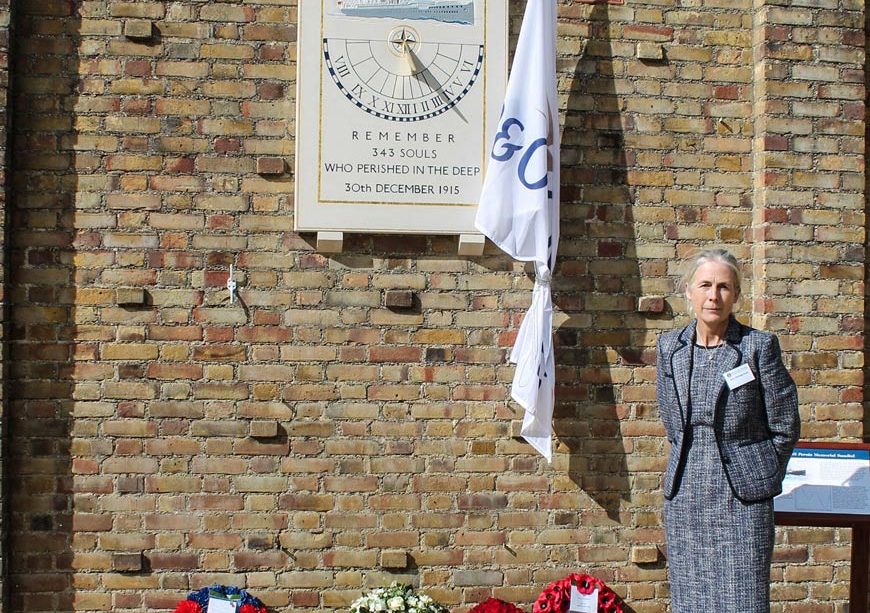The Enduring Legacy of Persia: A Historical Overview

Introduction
The term ‘Persia’ evokes images of ancient empires, stunning architecture, and profound cultural contributions that shaped the course of human history. Today known as Iran, the significance of Persia transcends time, influencing modern society in arts, science, and politics. Understanding Persia is crucial not only for historians but also for anyone interested in the cultural foundations of the Middle East.
The History of Persia
The history of Persia dates back to the 6th century BC, when Cyrus the Great founded the Achaemenid Empire, which would grow to become one of the largest empires in history. It united a diverse array of peoples and cultures, pioneering the concept of human rights through the Cyrus Cylinder, regarded as the first declaration of human rights.
The empire reached its zenith under Darius the Great and Xerxes, showcasing remarkable achievements in governance, architecture, and infrastructure, such as the Royal Road and the construction of Persepolis. The Persian Empire is noted for its contributions to language, art, and philosophy, laying the groundwork for various modern traditions.
Cultural Contributions
Pursuing a path of enlightenment, Persia made significant advancements in science, mathematics, and medicine during the Islamic Golden Age, particularly under the Safavid and later dynasties. Esteemed scholars like Avicenna and Omar Khayyam laid the groundwork for modern science and philosophy. The period also marked a flourishing of Persian poetry, with luminaries such as Rumi and Hafez shaping literary traditions that resonate today.
The architecture of Persia, with its intricate tile work and grand mosques, continues to captivate visitors. The ancient ruins of Persepolis and Isfahan’s stunning mosques serve as testaments to the empire’s architectural brilliance.
Modern Implications
In contemporary times, the legacy of Persia remains vital as Iran grapples with its identity in the modern world. The juxtaposition of its ancient heritage against modern challenges, such as political tension, continues to shape the narrative surrounding Persian culture. Moreover, the Persian language, Farsi, remains a unifying factor, maintaining the richness of this heritage.
Conclusion
The study of Persia is not only about understanding the past but also about recognising its profound influence on present-day cultural, political, and social frameworks. As the world navigates complex international relationships, the lessons from Persia serve as reminders of unity in diversity and the shared human experience. As we move forward, it is vital to preserve and celebrate this heritage, ensuring that the stories of Persia are passed down through generations.






